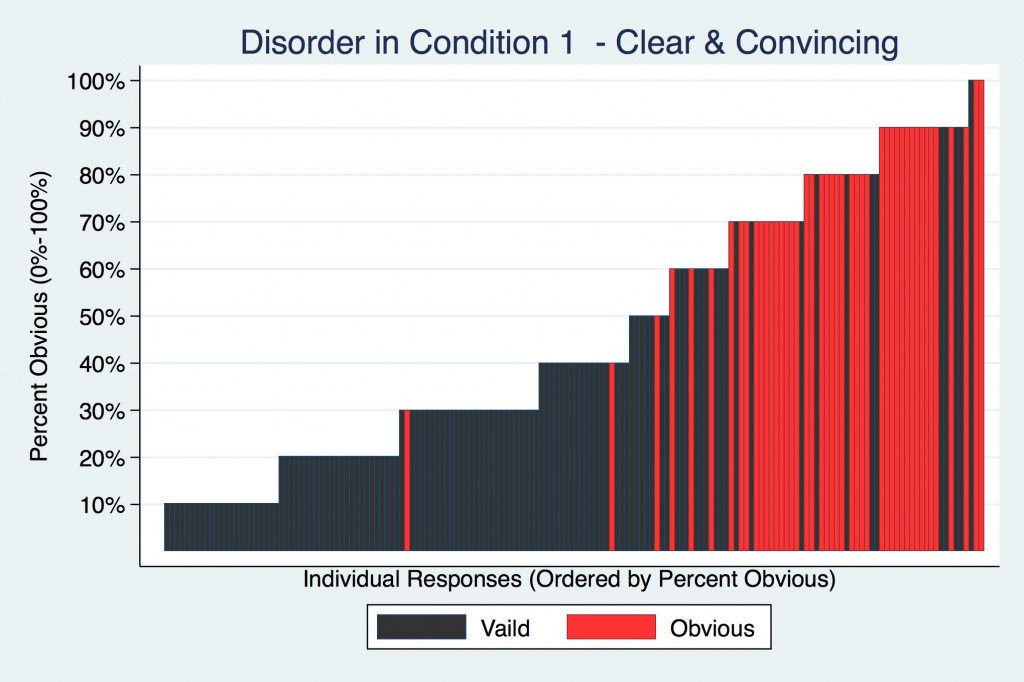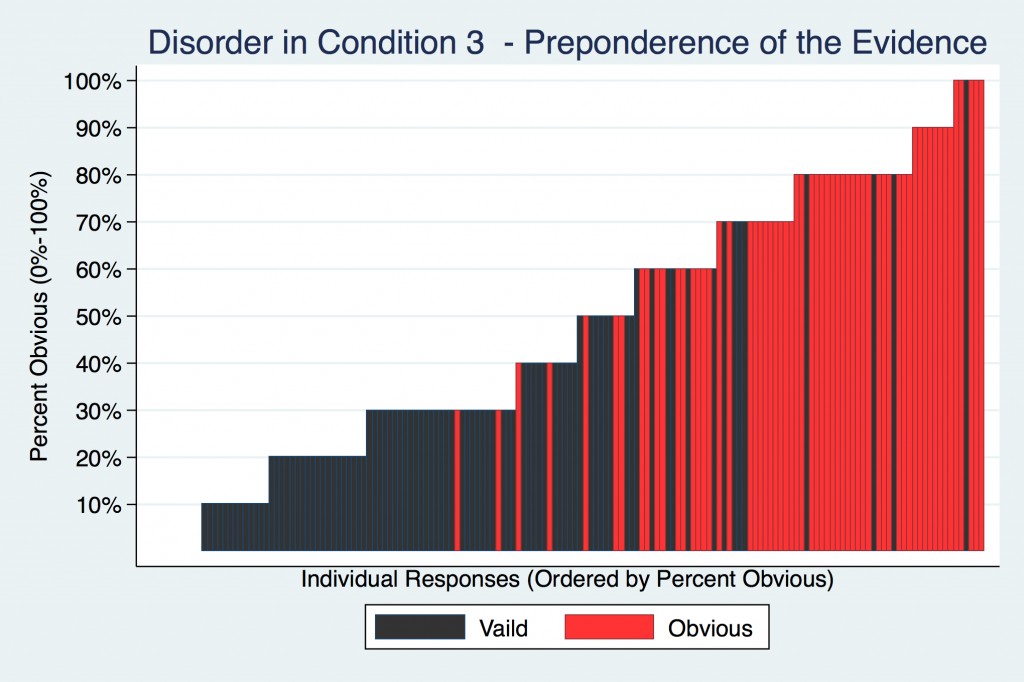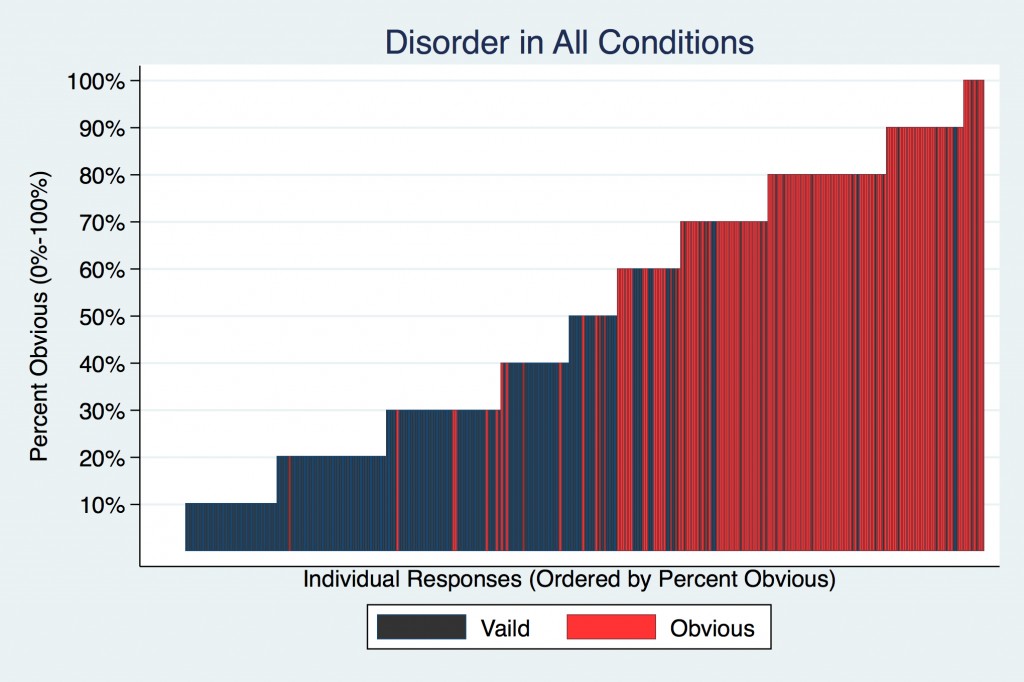Comments on
“Standards of Proof in Civil Litigation: An Experiment from Patent Law” by David L. Schwartz (Chicago-Kent College of Law) and Christopher B. Seaman (Washington and Lee University School of Law)
I commented on this excellent paper at the 7th Annual Conference on Empirical Legal Studies Paper at Stanford yesterday (November 9, 2012). The authors ran an online experiment to try to parse out the effect of a recent U.S. Supreme Court case, Microsoft Corp. v. i4i Limited Partnership.
In i4i the Court held that a patent’s presumption of validity can only be overcome by clear and convincing evidence, but, the Court also explained that the jury should be instructed that it may be easier to satisfy this standard when the party challenging the patent’s validity offered evidence that was not previously been considered by the U.S. Patent & Trademark Office.
The experiment tested the same fact pattern on 500 respondents, assigning them into three groups. Each group was asked to apply a different standard of proof. The clear and convincing evidence standard resulted in far fewer findings of obviousness – no surprise there. But the authors main finding of interest was that a mock jury instruction directed by the i4i decision was not statistically different from the (lower) preponderance of the evidence standard explicitly rejected by the Court.
To try to understand this puzzling result, I took their data and produced some graphs to show the extent of disorder in the three experiment conditions. In the figures below, each bar is a single response. The more red on the image, the more respondents thought the patent in question was invalid due to being obvious in light of the prior art. If subjects were being consistent, all the red bars should be on the right and all black bars on the left.
[Updated and revised November 10, 2012]




